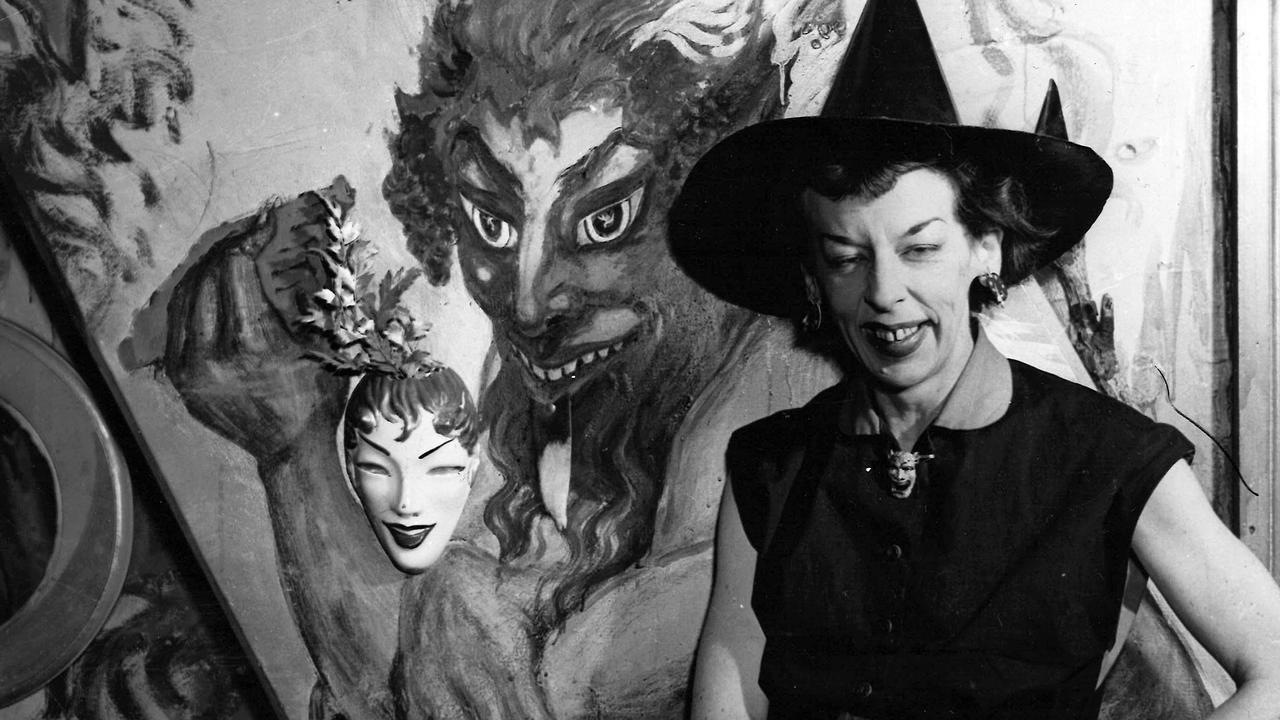How a feisty young artist helped our troops face a Russian invasion
Adelaide Ironside held court with princes and poets, but it was a startling act amid the Crimean War that first made her famous.
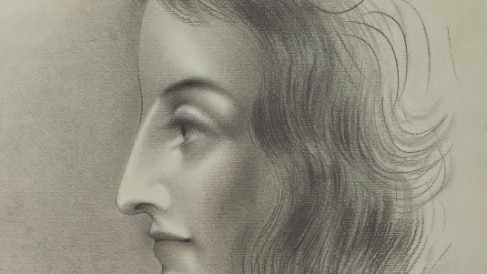
In Black and White
Don't miss out on the headlines from In Black and White. Followed categories will be added to My News.
As the first Australian artist to succeed overseas, Adelaide Ironside received a private audience with the Pope, sold a painting to the Prince of Wales, and astonished poet Robert Browning with her “enthusiasm and wild ways”.
But before becoming a star in Europe, she found fame as a feisty 23-year-old joining 500 troops as they prepared for a potential Russian invasion of Sydney Harbour.
Adelaide’s story is told in the latest episode of the free In Black and White podcast on Australia’s forgotten characters, with historian Kiera Lindsey:
Dr Lindsey, South Australia’s history advocate, tells Adelaide’s life story in her new biography of the artist called Wild Love.
The granddaughter of a convict forger, Adelaide became famous for her paintings of Australian wildflowers and known in Europe as “the Australian flower”, but she was a rebel at heart.
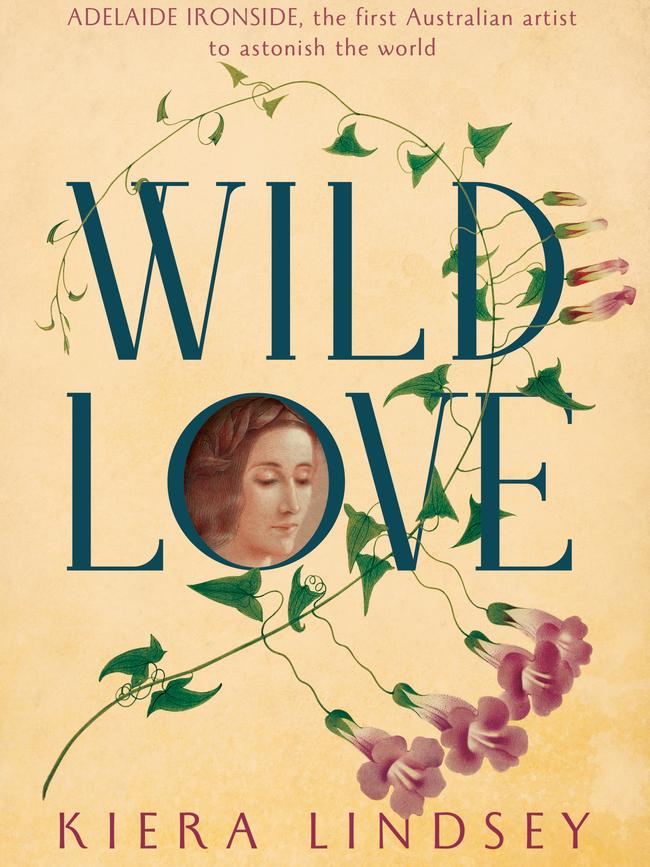
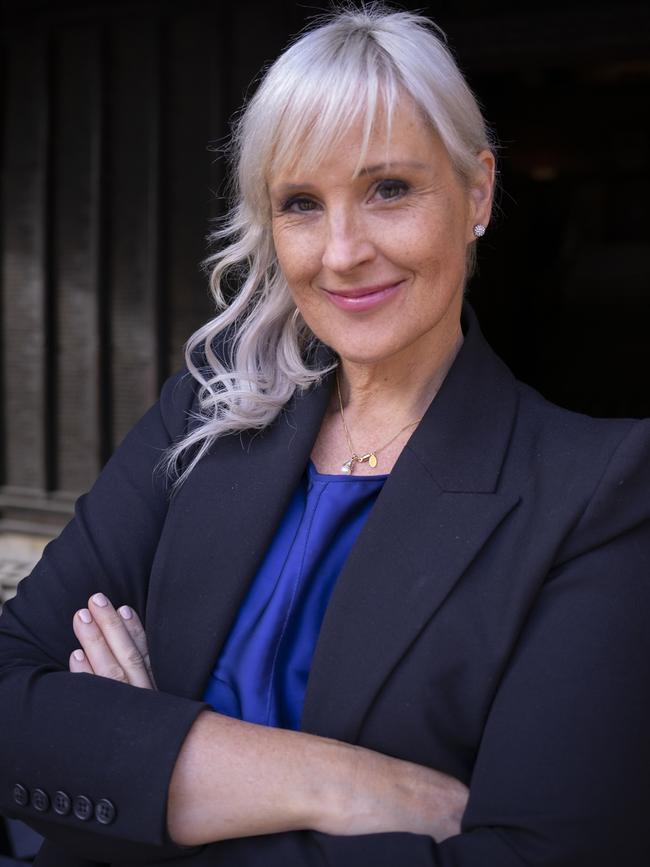
At 23, Adelaide was already well-known at least among Sydney’s radical set after having more than 20 poems published in the radical newspapers.
But in 1855, weeks before she and her mother left for Europe, Adelaide became a celebrated figure for inspiring troops preparing to defend against a feared Russian invasion.
The Crimean War was raging between Russia and an alliance including Britain.
“The governor has put a call out for all young men to come forward and volunteer their services should the Russians suddenly appear in Sydney Harbour,” Dr Lindsey says.
“And this was actually considered a very real threat.
“People were building towers on their houses, there were tunnels dug underneath Sydney, just to make sure that we were well prepared for this imminent arrival of the ‘Russkies’.
“And so those voluntary corps were really taking themselves quite seriously as defenders of colonial society.”
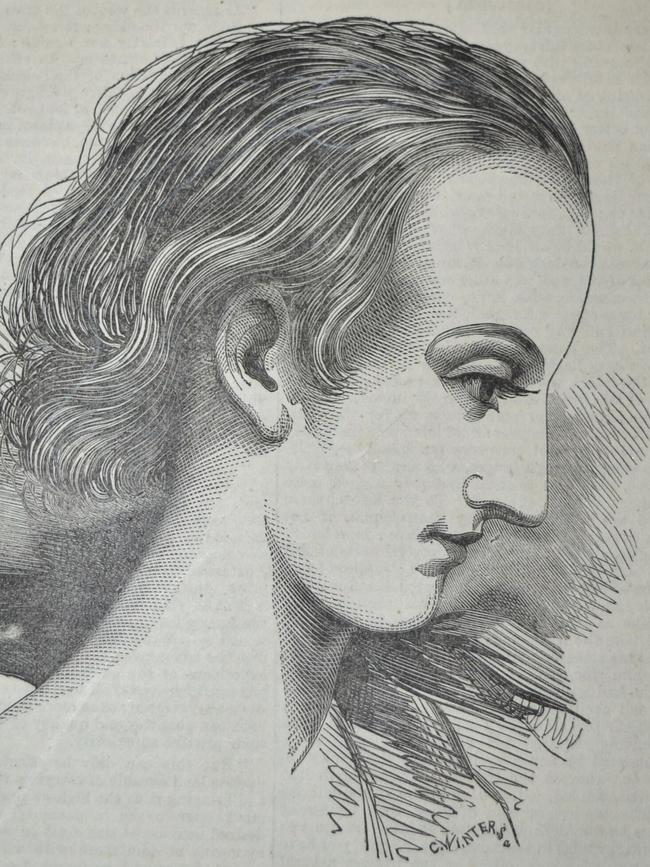
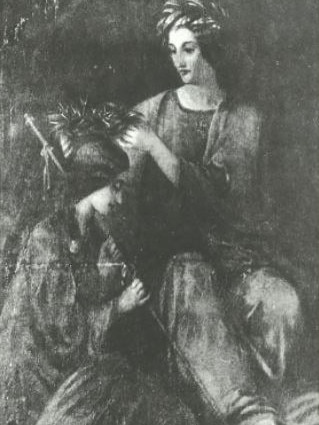
Adelaide decided to design a flag, which featured four of her signature wildflowers in the middle, and incorporated the Union Jack, Scottish Jack and Irish Jack.
“This banner was to become their ensign, but in some ways she also was thinking of it quite self-consciously as a new Australian flag,” Dr Lindsey says.
“And on a very wintry wet day in June 1855, she walked to the slope of the Outer Domain and stood on the hilltop in the wind and the rain, and she presented her banner to the 500 troops.
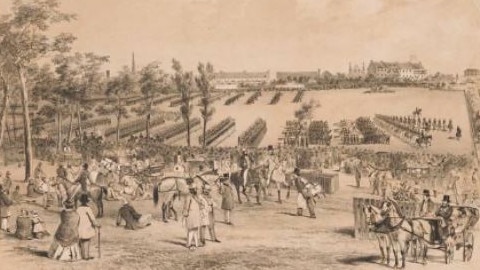
“And so just as she was sailing out through the heads of Sydney Harbour … she was being celebrated across all the newspapers as this woman who had made a presentation of her banner as a dutiful daughter of Australia to the colonial troops.”
To find out more, listen to the interview in the free In Black and White podcast on Apple Podcasts, Spotify or web.
See In Black & White in the Herald Sun newspaper every Friday for more stories and photos from Victoria’s past.


